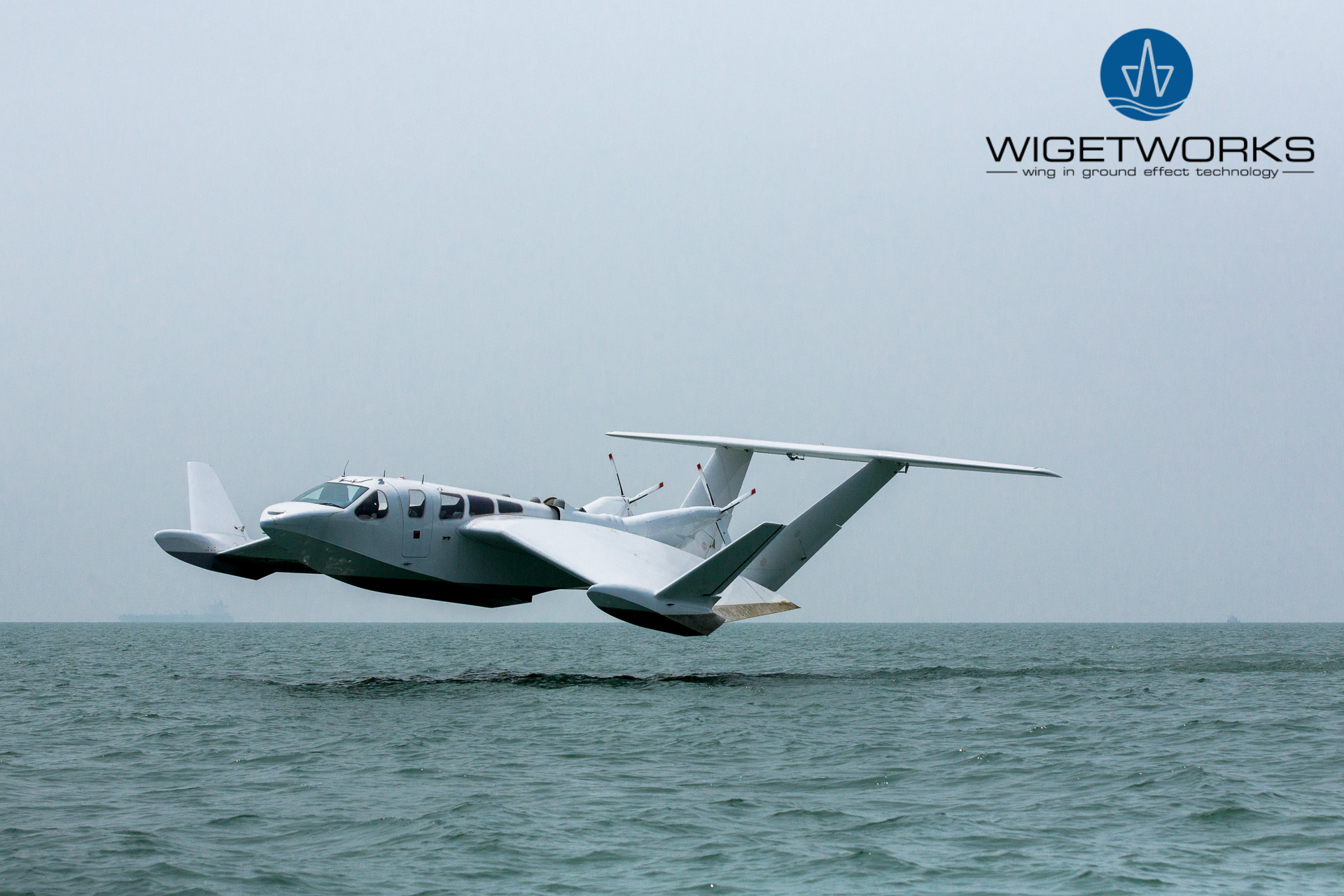Exclusive: UK at odds with EU and US over classification of wing-in-ground effect craft

exc-5d67def287dacd00010fbf8e
The UK is at odds with the EU and US over the classification and regulation of wing-in-ground effect craft, currently operating between the Italian mainland and its west coast islands, Revolution.Aero can exclusively reveal.
Wing-in-ground effect craft, also known as ground-effect vehicles, cruise over the surface of the sea at heights of up to 7 metres, using wings to generate lift. They rely on the aerodynamic interaction between the wings and the surface and operate over flat areas, such as frozen lakes or plains; like a hovercraft.
The UK Civil Aviation Authority (CAA) insists the vehicles should be classified as aircraft, whereas the European Aviation Safety Agency (EASA) and the US Federal Aviation Authority (FAA) both classify the craft as boats.
A CAA spokesman told Revolution.Aero: “Ground-effect vehicles would indeed be classified as aircraft by us, as they meet the definition of an aircraft, [in using] its wings to generate aerodynamic lift. We would classify a ground-effect vehicle as a seaplane and it would be expected to meet exactly the same design and airworthiness standards as other seaplanes.”
‘Classify a ground-effect vehicle as a seaplane’
The spokesman added that the pilot of such a craft would need to be appropriately licenced, and also hold a Seaplane Rating. Asked how many wing-in-ground effect craft were currently operating in British waters, he said: “We have not been asked to certify one of these vehicles, however, so the issue has never emerged.”
In sharp contrast, an EASA spokesman told Revolution.Aero that the agency did not consider wing-in-ground effect craft to be aircraft. “Therefore, they are out of EASA’s remit, as the vehicle is relying exclusively on the reactions of the air against the earth’s surface. Please note the definition of ‘aircraft’ in the EASA basic regulation: ‘aircraft’ means any machine that can derive support in the atmosphere from the reactions of the air other than reactions of the air against the earth’s surface.”
The rules set out by the International Maritime Organization (IMO) and the International Civil Aviation Organization (ICAO) clearly define the differences between the two types of craft, claimed the EASA spokesman. “IMO and ICAO have agreed that any WIG craft capable of flying outside the influence of ground effect at an altitude of more than 150 metres, typically referred to as type C craft, should in such a flight be subject to the rules and regulations of ICAO. Other craft, including those with limited ‘fly-over’ capability, should be covered only by the maritime regulatory regime,” said the spokesman.
‘Not registered as aircraft’
The FAA agreed with the EU classification. “Vehicles that skim across the surface of water have not traditionally been regulated by the FAA,” said a spokeswoman. “These types of vehicles are not registered as aircraft. Unfortunately, we do not have any information on their operation. We suggest the requestor [Revolution Aero] contacts the US Coast Guard.”
Meanwhile, ground-effect craft (https://en.wikipedia.org/wiki/Ground-effect_vehicle)t are already operating between mainland Italy and the west coast islands of Ponza and Ventotene. The craft – a 10-seat Airfish 8 – cruises 7 metres above the waves at speeds of up to 80 knots. Made by the Singapore-based company Wigetworks Private Ltd, the Airfish is constructed from a carbon-fibre reinforced-plastic/sandwich composite and powered by a V8, 500 HP engine.
Commenting on the Airfish’s speed, Giuseppe Schiboni, the mayor of San Felice Circeo, told The Times: “Our problem is slow ferries, which can take 80 minutes to get from Ponza to San Felice Circeo on the mainland, while the AirFish could do it in 12.”







